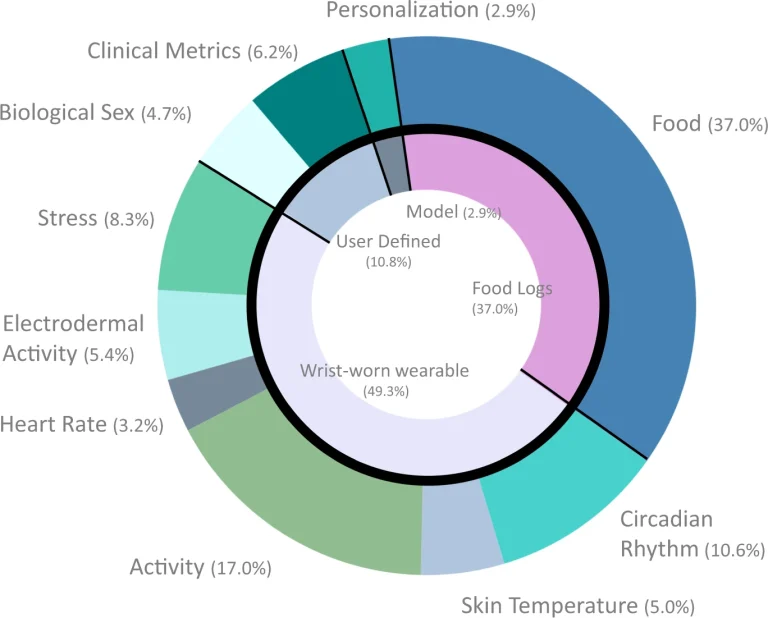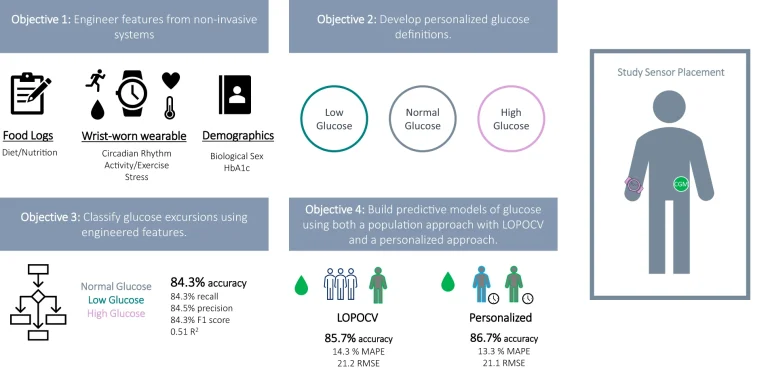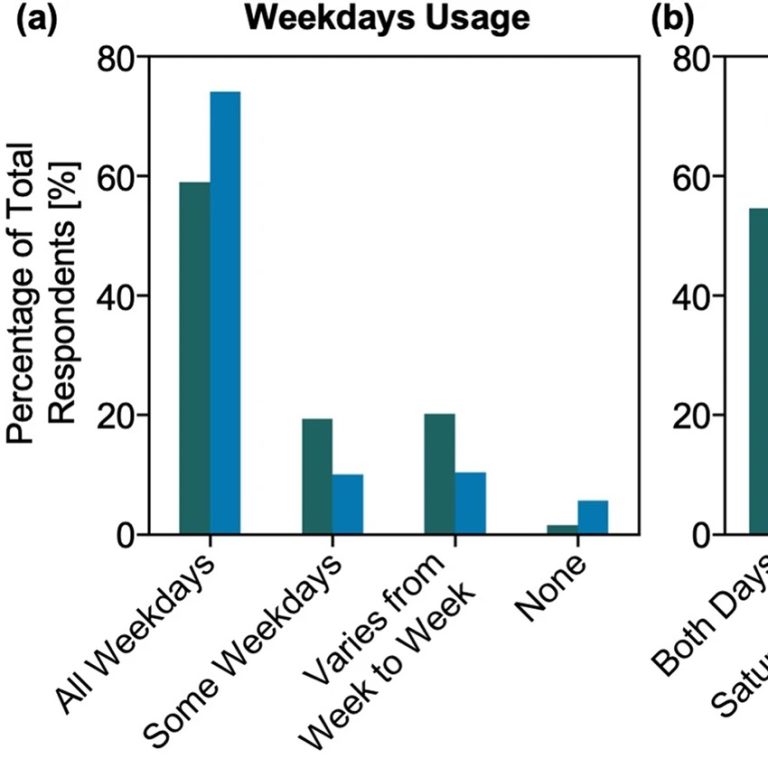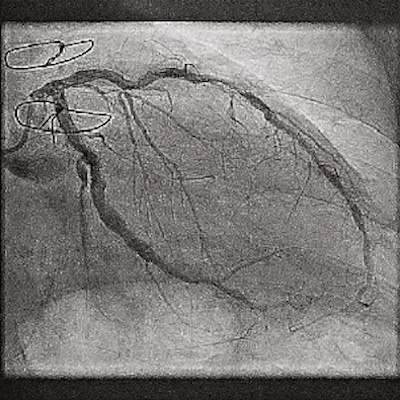Artificial Intelligence (AI)
Artificial intelligence (AI) is a crosscutting technology that connects and amplifies the Duke Center for Computational and Digital Health Innovation’s three core capabilities—wearable sensing, high performance computing (HPC), and extended reality.
Through AI for engineering, we harness machine learning, physics-informed modeling, and real-time analytics to bridge these technologies in powerful and novel ways. This integration is central to how we build intelligent systems that don’t just analyze data—they simulate, predict, and interact. By embedding AI into computational models and immersive tools, we are uniquely positioned to find emerging disease risks, track patient health over time, and treat illness with personalized precision—advancing our mission to Find, Track, and Treat.
From federated learning algorithms scaling across HPC platforms to AI-enhanced digital twins for personalized care, AI is the engine driving discovery and transformation in computational health.
What Is AI?
Artificial intelligence refers to a diverse set of computational techniques that enable machines to learn from data, recognize patterns, make decisions, and support human reasoning. This includes machine learning, deep learning, natural language processing, and neural networks—methods that continue to evolve rapidly in both capability and accessibility.
At the Center, we go beyond applying AI as a standalone tool. We embed it within simulation frameworks, interface systems, and large-scale computing environments to interpret complex multimodal health data, automate time-intensive analysis, and drive real-time, patient-specific decision support. This integrated approach to AI allows us to create adaptive and intelligent tools that are not only accurate but also actionable in clinical and research settings.
What Are the Advantages of AI?
AI can help us revolutionize healthcare through:
- Data analysis: Identifying early signs of disease from diverse, high-dimensional datasets
- Predictive modeling: Using algorithms and statistical techniques to analyze current and historical data to make predictions about future outcomes.
- Real-time simulations: Enabling faster, more adaptive, and more accurate modeling of complex biological systems.
- Acceleration of research: Enhancing the speed and scale of research by automating analysis of massive datasets.
How We’re Using AI
AI is deeply integrated into many of the projects at the Center for Computational and Digital Health. Paired with our driving technologies, AI will help us detect disease earlier, improve diagnosis, and personalize health care.
A few core examples are the following:
- The Calabrese Lab uses AI to create virtual models — digital twins or digital phantoms — to make a virtual model of the patients’ arterial anatomy for further analysis, especially as it relates to intracranial aneurysms. This allows them to simulate multiple CT scans of a patient’s brain and their aneurysm without having to scan the patient again.
- The Randles Lab developed HarVI (HARVEY Virtual Intervention), a groundbreaking AI-powered tool that integrates real-time hemodynamic analysis with extended reality for immersive, intuitive user interaction. HarVI enables real-time hemodynamic feedback using a predefined set of 1D CFD simulations for machine learning-based training, allowing instantaneous FFR predictions with an average processing time of just 74 minutes, compared to the 24-48 hours required by existing tools.om underserved communities. The lab has demonstrated that data from wearables can be integrated into electronic health records, supporting innovative care models that are both clinically effective and financially sustainable.









